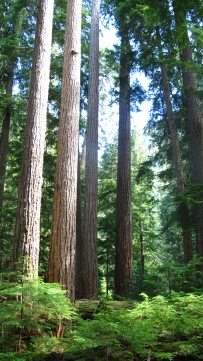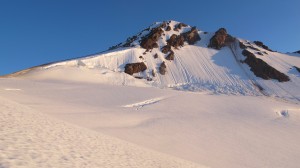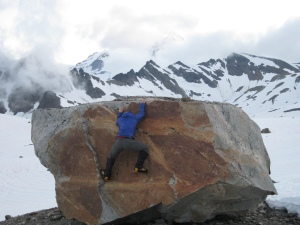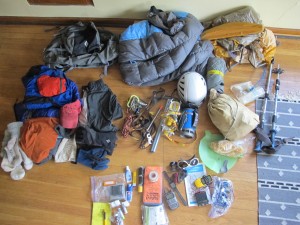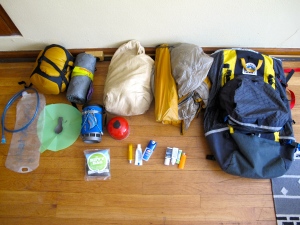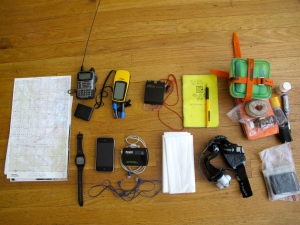But sometimes this passion, this need for preservation, gets in the way. And we forget one of the most vital arguments that we have: the economic argument. We are a business that employs dozens of guides. There are thousands of climbing guides in the United States. But once again, this clouds the reality of the situation...
How many guides are there out there when you add hunting, fishing, rafting, hiking, horseback riding, photo tours, cycling, and nature walks? How many jobs are there when you add all the equipment needed to participate in these activities? How many people do these activities on their own, spending money and traveling the world in pursuit of their passions?
Outdoors people are a force in and unto themselves. When we are fighting for conservation or preservation, this is something that we have to remember. Every time a crag closes or wilderness is lost, there is an impact on recreation and recreation dollars.
Secretary of the Interior, Ken Salazar, recently wrote a piece for the White House blog on this subject that has been reprinted here:
President Obama has made it clear that job creation is, and must remain, front and center for his Administration day in and day out.
With that in mind, I traveled to New England this week to highlight the economic power of outdoor recreation and tourism to create jobs. Hunting, fishing, and outdoor recreation contribute an estimated $730 billion to the U.S. economy each year. And one in twenty U.S. jobs are in the recreation economy – more than there are doctors, lawyers or teachers.
More than 12 million Americans hunt; more than 30 million Americans fish; and three out of four Americans engage in some kind of healthy outdoor activity.
A letter I recently received from a Canadian family shows just how big an impact tourism and recreation can have. The family spent 42 days on the road, exploring national parks across the U.S. Over the course of their travels, they stayed in motels and hotels, ate in restaurants and spent money in local businesses from coast to coast:
“Our family spent almost $20,000 on our trip,” the letter reads, “almost all of it at local stores and services as we traveled. Without the National Park Service, our destination would have probably been somewhere in Europe.”
Many small and large businesses in New England are also key drivers of the outdoor economy. A store like LL Bean is a shining example of how a home-grown business can fulfill the American dream. What started almost 100 years ago as one man’s idea to sell a waterproof boot to hunters has grown into a company that today employs 5,000 people and generates 1.4 billion in revenue.
The businesses I visited this week -- including L.L. Bean’s headquarters in Freeport, Maine, Bibens Ace Hardware in Colchester, Vermont, and Eastern Mountain Sports near Portsmouth, New Hampshire -- demonstrate the power of outdoor recreation to create jobs and spur economic growth in communities both in New England and across our country. When we invest in conservation and encourage people to reconnect with nature, we aren’t just investing in the land, water, and wildlife we love, but also in our economic future.
--Jason D. Martin




